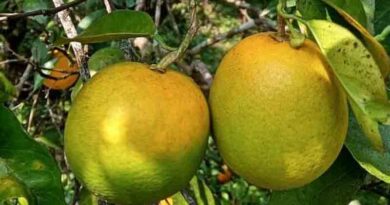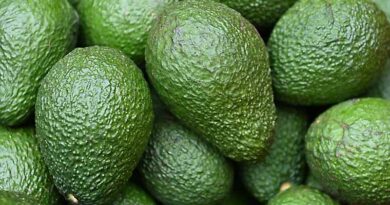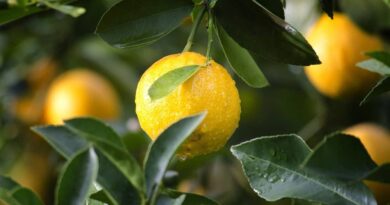Flowering plants may hold key to pesticide reduction on citrus orchards
03 February 2022, NZ: A Gisborne-based project is exploring a biological method of dealing to pesky insects on citrus orchards by understorey planting to attract beneficial insects.
“Leaving bare earth under citrus trees and intensively mowing the grass strips between orchard rows may become a thing of the past as we revolutionise our approach through strategic planting,” says A Lighter Touch project manager Jeff Smith.
“We’ve undertaken trials planting under and beside the trees – ranging from flowering perennials such as clovers and alyssum to annuals like buckwheat and phacelia. These plants and others may hold the key to helping us enhance the agroecosystem and provide resources for beneficial insects to thrive, which would reduce the need for applications of agrichemicals.”
The 2-year project is part of A Lighter Touch, a $27 million, 7-year programme backed by the horticultural industry and Government through the Ministry for Primary Industries’ (MPI) Sustainable Food and Fibre Futures fund. A Lighter Touch aims to shift the focus from traditional crop protection by carrying out research, understanding crop protection products, and integrating biological and ecological processes into food production in New Zealand.
The project has brought in researchers from Lincoln University and Plant & Food Research, who extensively reviewed current literature on how to plant to attract the natural enemies of our most persistent pests. The researchers are now translating theory into practice.
“We’re testing to see what works under New Zealand conditions,” says Mr Smith.
“Seeds were planted late last year on 2 trial sites alongside 2 control sites – one in a valley and one on the plains.
“So far, we’ve found that plants on the plains struggled to establish, but the valley planting was more successful. This was because there was more rainfall in the valley. The landowner also had sheep on the land, which trampled seed into the soil. In future we may look at autumn sowing to see if we can achieve a more consistent establishment.”
Mr Smith says the programme is collecting data regularly on the trial and control sites, including fortnightly monitoring for insect presence and species.
“By spring we’ll be able to evaluate how effective the planting has been in the first year,” he says.
A workshop was held with interested parties in the horticulture sector last October to introduce the aims of the project.
“We’ve found that so many growers want to find a better way of planting, with less reliance on chemicals,” says Mr Smith.
“While citrus was chosen for the model system, our findings should be adaptable for other perennial growing systems.”
Steve Penno, MPI’s director of investment programmes, says the project offers a welcome alternative to the traditional method of spraying chemical-based pesticides on a calendar basis.
“The traditional practice annihilates many of the natural enemies that can help us control pests, whereas this new method helps us work with nature,” says Mr Penno.
“Being able to transition to this more sustainable practice would help us tell a more sustainable story to consumers about where our food comes from.
“This project aligns with the intentions behind the Government’s Fit for a Better World roadmap for the primary sector, which seeks to find more sustainable ways of producing our world-class products in New Zealand, which in turn will increase consumer demand and generate higher export returns.”















